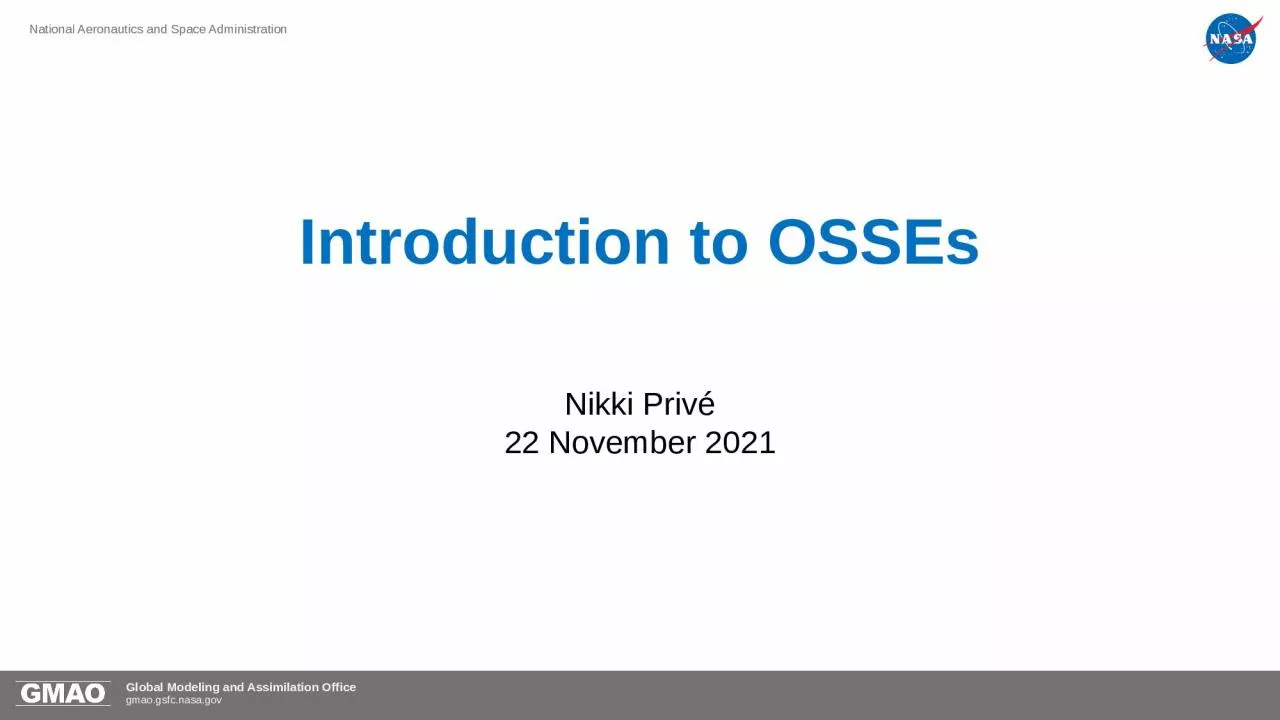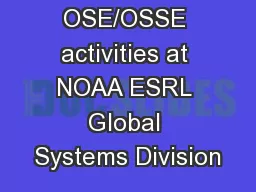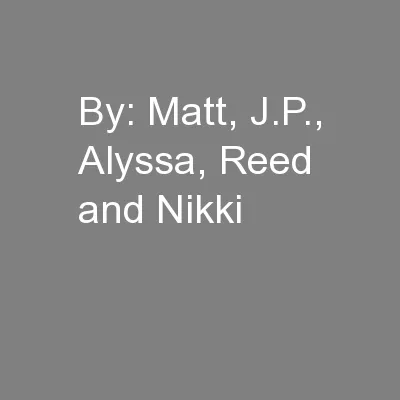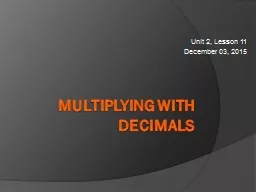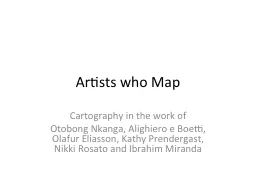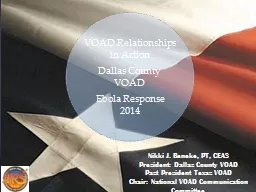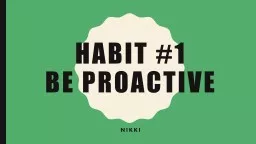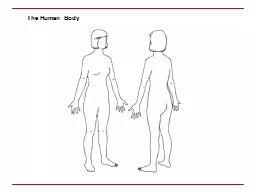PPT-Introduction to OSSEs Nikki
Author : roy | Published Date : 2024-03-15
Privé 22 November 2021 What is an Observing System Simulation Experiment A long free model run is used as the truth the Nature Run The Nature Run fields are
Presentation Embed Code
Download Presentation
Download Presentation The PPT/PDF document "Introduction to OSSEs Nikki" is the property of its rightful owner. Permission is granted to download and print the materials on this website for personal, non-commercial use only, and to display it on your personal computer provided you do not modify the materials and that you retain all copyright notices contained in the materials. By downloading content from our website, you accept the terms of this agreement.
Introduction to OSSEs Nikki: Transcript
Download Rules Of Document
"Introduction to OSSEs Nikki"The content belongs to its owner. You may download and print it for personal use, without modification, and keep all copyright notices. By downloading, you agree to these terms.
Related Documents

